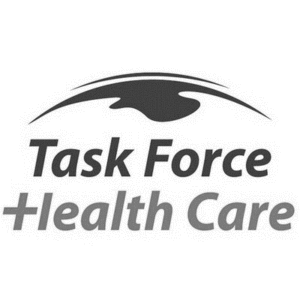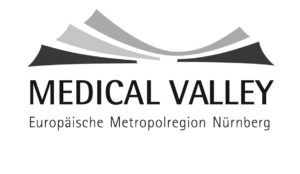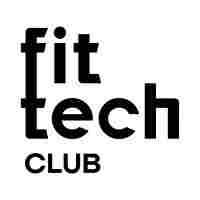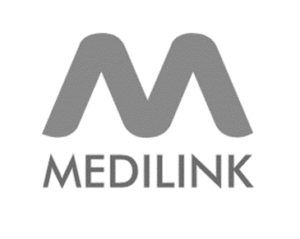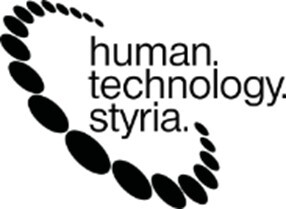Advances in hospital food and catering have been significant over recent decades, focusing on improving nutrition, patient satisfaction, operational efficiency, food safety, and sustainability. Key developments include technological innovations, policy and regulatory improvements, and new service models.
Nutritional and Quality Improvements

- Recognition of malnutrition as both a cause and consequence of ill health has led to government guidance and regulatory standards ensuring patients receive sufficient, nutritious food to support recovery and health maintenance.
- Initiatives like the Food for Life scheme have expanded from schools to hospitals, promoting better food environments, quality, variety, and sustainability in hospital catering.
- New blueprints and independent reviews, such as the one led by chef Prue Leith, recommend prioritizing nutritious, tasty meals for patients and staff, integrating nutrition into patient recovery and hospital governance.
- Personalized nutrition is emerging, with future prospects of tailoring meals to individual genetic profiles and health conditions to optimize dietary interventions[3].
Technological Advances
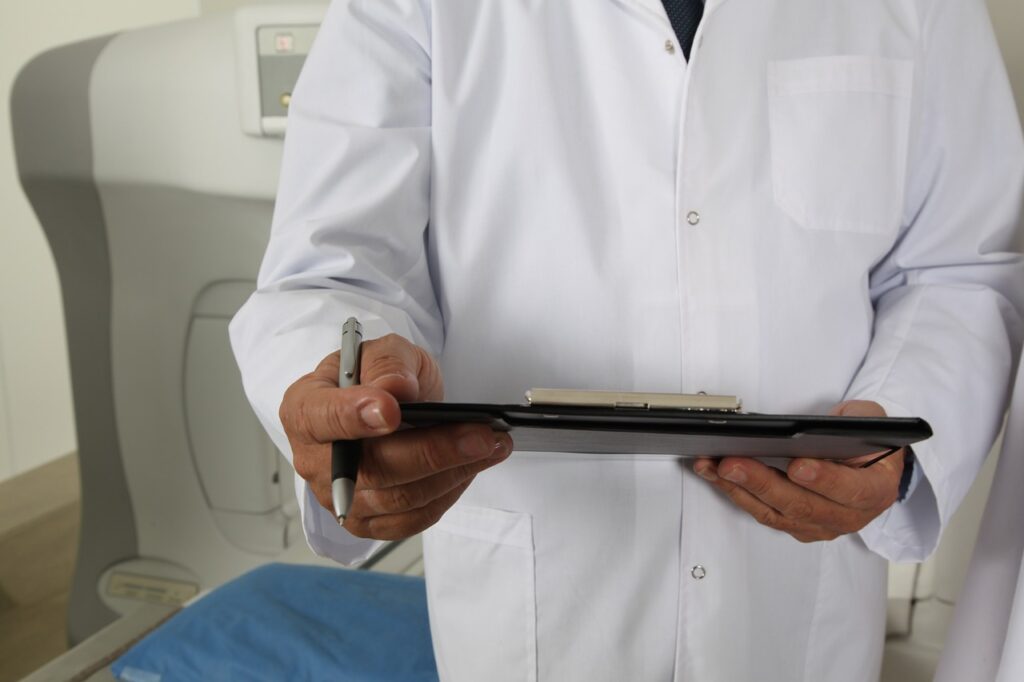
- Hospitals are adopting digital meal ordering systems that accommodate dietary, cultural, and nutritional needs, improving communication between dietitians and caterers, reducing food waste, and enhancing patient satisfaction.
- Food production and delivery processes are increasingly managed by sophisticated software to control cost, quality, and nutritional content, supporting models like room service that allow patients to order meals when ready.
- Automated systems such as robotic delivery vehicles (e.g., Aethon’s TUG) are being used to transport meals within hospitals, freeing staff to focus on patient care and improving the meal experience.
- Technology also supports food safety through monitoring temperature control, food handling, and hygiene from delivery to serving.
Service and Operational Enhancements

- There is a shift from batch-style cooking to more individualized foodservice delivery models, improving freshness, quality, and convenience for patients.
- Hospitals are upgrading kitchen facilities to provide 24/7 services, enabling access to meals and snacks at all hours for patients and staff.
- Staff training and professional development for hospital caterers are being emphasized to maintain high standards in food preparation, hygiene, and allergen management.
- Protected mealtimes, mealtime assistance, and environmental interventions have been implemented to improve food intake and nutritional status among patients.
Sustainability and Environmental Considerations
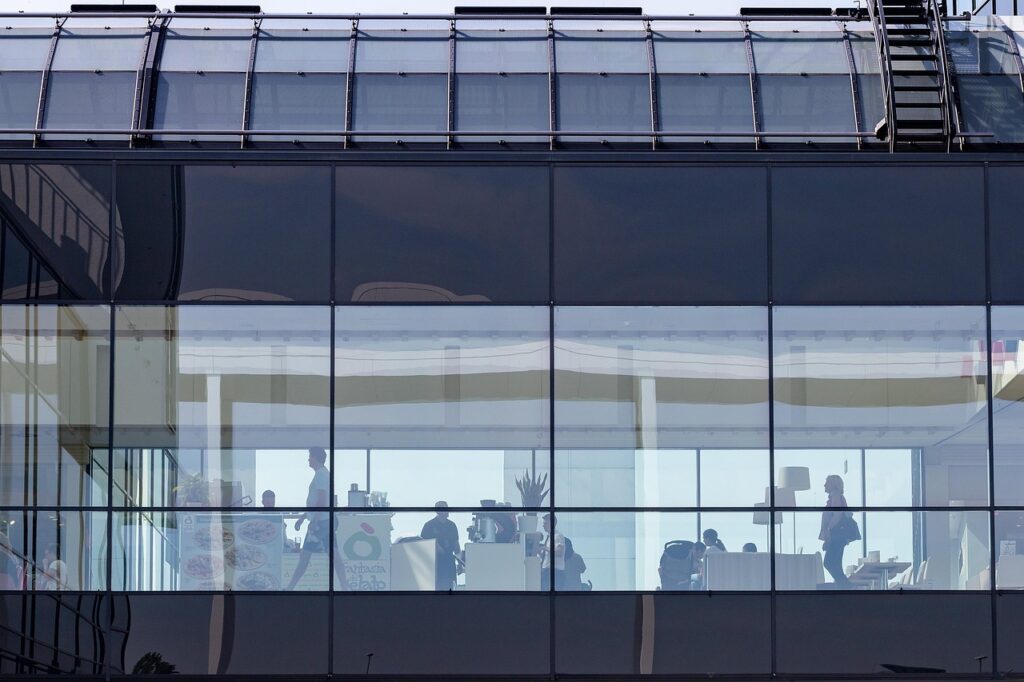
- Hospitals are increasingly focusing on reducing food waste, sourcing sustainable and local ingredients, and implementing energy-efficient kitchen appliances to minimize environmental impact.
- Campaigns and policy efforts aim to leverage hospital purchasing power to support sustainable food production and reduce the negative effects of intensive farming on health and environmen.
Summary
The advances in hospital food and catering encompass a holistic approach that integrates nutrition science, culinary innovation, technology, operational efficiency, and sustainability. These improvements aim to enhance patient recovery, satisfaction, and safety while supporting staff well-being and environmental responsibility. The ongoing implementation of digital systems, professional standards, and sustainable practices marks a transformative era in hospital foodservice, with many recommendations already actionable and further innovations anticipated in personalized nutrition and smart food delivery systems.
How are hospitals implementing digital menus and food ordering systems
Hospitals are implementing digital menus and food ordering systems as part of a broader effort to improve patient nutrition, safety, and satisfaction while increasing operational efficiency and reducing waste. These systems are designed to be patient-centered, integrated with clinical care, and technologically advanced.
Key Features of Digital Menu and Food Ordering Systems in Hospitals
Integration with Patient Records and Care Plans
Digital meal ordering systems are linked to electronic patient records, allowing menus to be tailored to individual dietary needs and medical requirements. This integration helps ensure patients receive meals that align with their care plans and allergies, reducing risks and improving nutrition as part of treatment.
Patient-Friendly Interfaces
Many hospitals use tablet-based or device-accessible menus at the bedside, enabling patients to order meals conveniently whenever they want. For example, the University of California San Francisco Medical Center at Mission Bay equips each bed with a tablet on a swivel arm, allowing patients to browse menus, select meals, and schedule delivery times.
Dietary Compliance and Safety Alerts
The systems include built-in checks that alert patients if they select items not approved for their diets, helping maintain dietary restrictions while giving patients control over their choices. This feature supports safer ordering and patient empowerment.
Multilingual and Accessible Options

To accommodate diverse patient populations, digital menus offer multiple languages (e.g., English, Spanish, Mandarin, Cantonese, Russian) and display detailed meal descriptions, including ingredients, spice levels, and nutritional information. This transparency helps patients make informed decisions and supports those with specific dietary needs such as vegan, kosher, halal, gluten-free, or pureed diets.
Advance Ordering and Flexibility
Patients can order meals in advance and schedule delivery times that suit their preferences, enhancing convenience and reducing food waste. Some systems also allow patients to order meals for visitors, with integrated payment options forthcoming.
Real-Time Updates and Efficiency
Orders are transmitted in real-time to kitchen staff via dashboards, enabling efficient meal preparation and delivery. This reduces the time between ordering and meal service and minimizes errors associated with manual or paper-based ordering.
Order Management by Patient, Not Bed
Digital systems track orders by patient rather than bed location, ensuring that if patients are moved within the hospital, their meal preferences and orders follow them, avoiding waste and confusion.
Reduction of Food Waste and Cost Savings
By accurately capturing patient preferences and dietary requirements, hospitals can reduce overproduction and waste. Digital ordering systems have demonstrated significant cost savings, such as a reported £180,000 saving at Chesterfield Royal Hospital NHS Foundation Trust through improved food reduction and patient satisfaction.
Implementation Context and Drivers
The independent review of NHS hospital food led by Prue Leith recommended mandatory implementation of digital meal ordering systems in all hospitals by 2022 to improve nutrition, patient safety, and operational efficiency.
Digital meal ordering supports the concept of “food as medicine,” emphasizing the role of nutrition in patient recovery and health outcomes.
Systems like Civica Catering Management and eMOS are examples of software solutions that provide comprehensive meal ordering, nutritional management, allergy checking, and integration with hospital operations.
Summary
Hospitals are adopting digital menus and food ordering systems that provide patients with intuitive, personalized, and safe meal selection options. These systems integrate with clinical records to align food service with medical needs, offer multilingual support, enable advance and visitor meal ordering, and improve operational efficiency through real-time communication with kitchen staff. The shift to digital ordering reduces errors, minimizes food waste, enhances patient experience, and supports nutritional care as a vital component of hospital treatment.
SOURCES
https://www.civica.com/en-au/insights/digital-meal-ordering-improving-hospital-catering
https://www.sparktsl.com/blog/digital-meal-ordering
https://features.kingsfund.org.uk/2021/04/hospital-food-medicine
https://www.gov.uk/government/news/new-blueprint-for-better-hospital-food
https://www.refreshmentsystems.co.uk/hospital-catering-balancing-nutrition-taste-and-efficiency/
https://www.todaysdietitian.com/newarchives/072709p28.shtml







